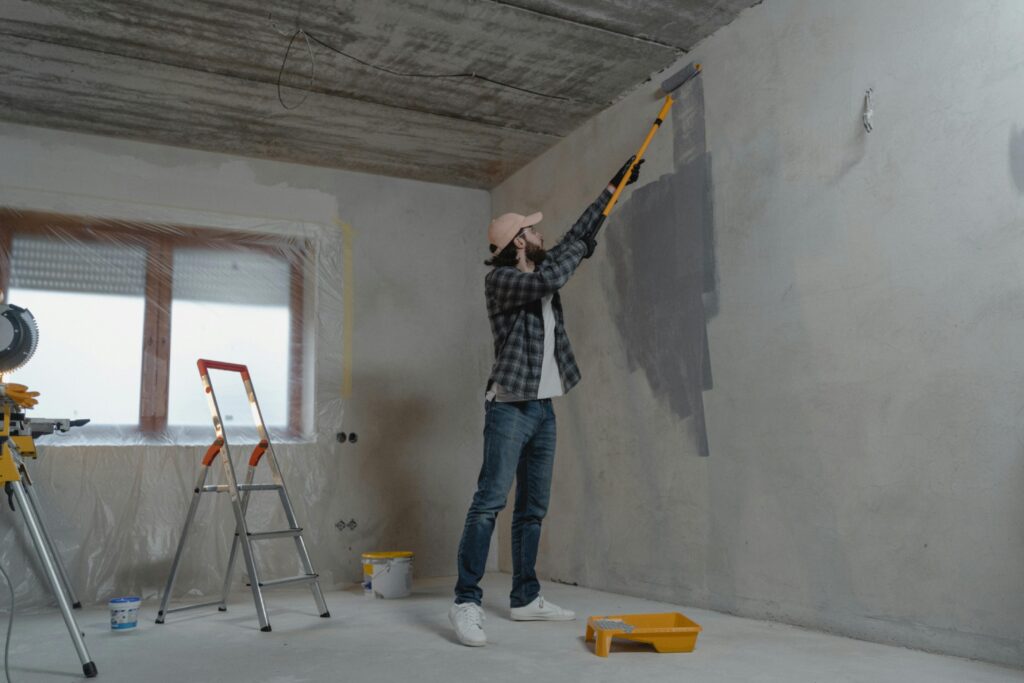
Common Concrete Problems and Effective Repair Solutions
Concrete is a strong and durable material, but it can still be damaged. Identifying and addressing concrete problems early can help to extend the lifespan of surfaces and prevent structural damage.
Whether from plastic shrinkage cracks, settlement, or discoloration, repairing concrete problems promptly is essential. The good news is that modern products make it more cost-effective and easier than ever to keep concrete looking beautiful.
Cracks
Concrete is a robust material that plays a vital role in construction projects from sidewalks and driveways to high-rise buildings and bridges. However, the material is not immune to a range of problems that affect its durability and appearance.
Cracks are among the most common concrete problems that require professional assessment and repair. They can range from hairline surface cracks to severe structural issues.
Common types of concrete cracks include plastic shrinkage cracks, which occur when concrete loses moisture and contracts, crazing, which forms a web of fine surface-level cracks, and settlement cracks caused by uneven soil movement beneath the structure. In many cases, cracks that are addressed promptly and properly can be prevented from worsening over time. follow the link for more: murfreesboroconcretecontractors.com
Blistering
Blistering happens when the top layer of concrete is exposed to different moisture content than the underlying layer. This causes the edges to rise and curl up. While this problem doesn’t indicate or result in any structural damage, it can be unsightly and needs to be addressed. A good concrete contractor should notice this during the laying and curing process and adjust their concrete mix to prevent it from happening again.
Like blistering, delamination can be caused by the rate of evaporation of surface moisture being faster than the bleeding of water within the concrete. Proper finishing techniques can help avoid this problem, including starting the finish process after the bleed water has completely evaporated. This will also help keep air from getting trapped beneath the surface, which can lead to blistering.
Spalling
Spalling is the chipping and flaking of a concrete surface layer, and it not only affects the appearance of a structure but also exposes underlying materials to moisture penetration. This can cause further damage and compromise the capacity of the concrete.
The causes of spalling are many, but some of the most common include freeze-thaw cycles (when water infiltrates cracks and pores, then expands when it freezes), exposure to deicing salts, and structural movement and shifting soil conditions.
Keeping an eye on the concrete construction process, avoiding practices that can lead to plastic shrinkage cracking, and using a concrete sealer after installation are all helpful strategies for preventing spalling. In the event of spalling, it is best to seek professional repair services as soon as possible.
Water Leaks
Water-damaged concrete can be unsightly and costly, but more importantly it can compromise the integrity of the structure. When left unaddressed, it can lead to mold growth and other serious structural problems.
One of the most common causes of water damage in concrete is slab leaks. These can be caused by faulty plumbing installation or by expansive soil that weakens the foundation and concrete slab.
Water damage can also be the result of improper concrete mixing, lack of proper curing, or the use of deicing salts. The best way to avoid these problems is through regular inspection and preventative maintenance. Identifying small problems early on will allow for cost-effective repairs. Concrete repair can be as simple as repairing surface cracks, or more complex like replacing damaged components.
Damaged Foundation
Concrete is one of the most vital materials in modern construction. It plays a major role in building both residential and commercial structures. Unfortunately, it can be subject to a wide range of problems. Fortunately, there are effective ways to deal with these issues.
Some surface issues include crazing, which is a network of small, shallow cracks in the concrete that aren’t structurally significant. It often occurs when the concrete isn’t properly mixed and/or poured.
Sunken concrete can be corrected by slabjacking and hydraulic jacking, both of which involve pumping cement grout underneath a concrete slab or beam. Identifying the cause of your sunken concrete is important to determine the best repair method. In many cases, the cause of your problem is related to changes in the underlying soil.




